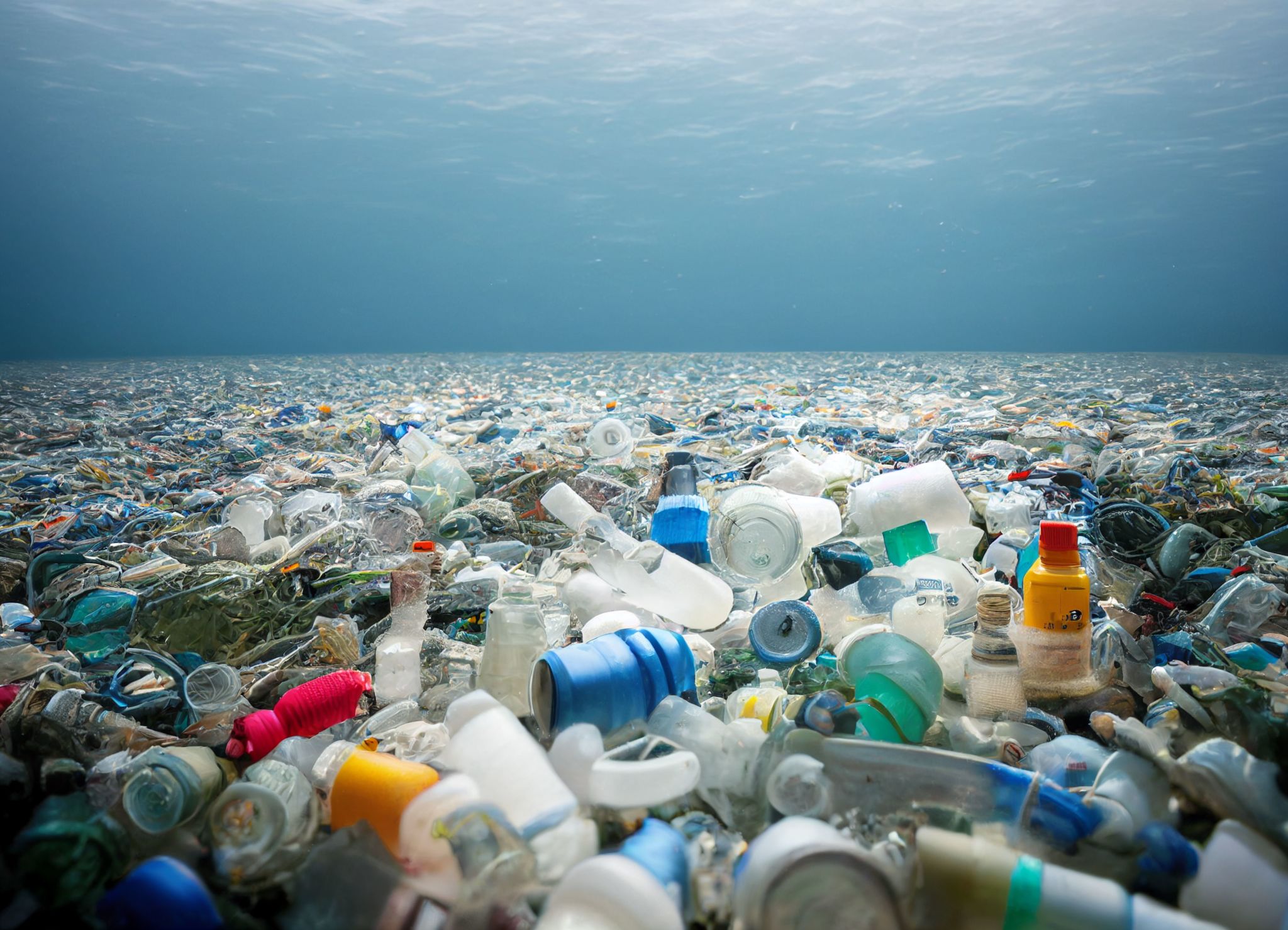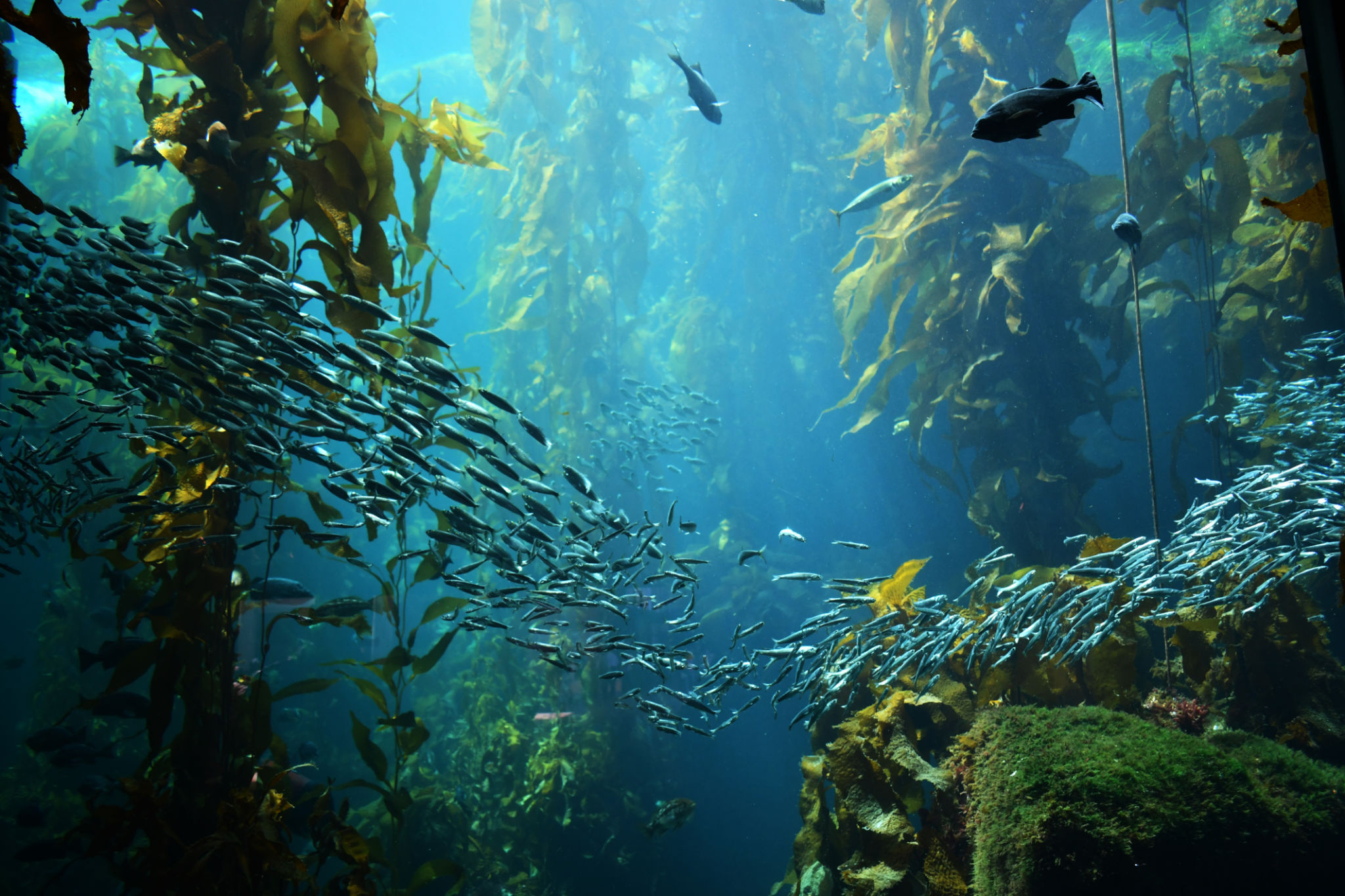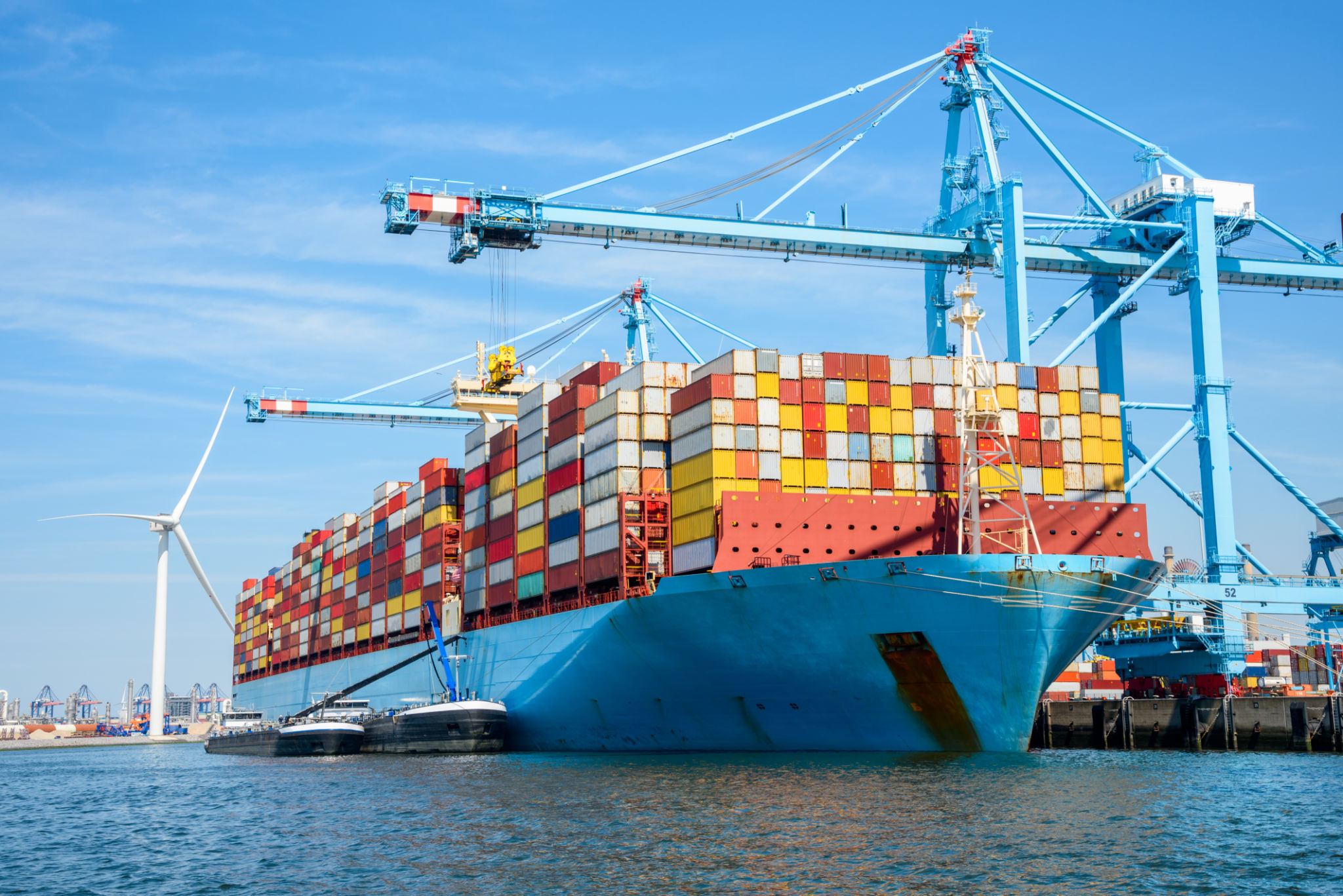The Environmental Impact of Anti Fouling Paints and Eco-Friendly Alternatives
Understanding Anti-Fouling Paints
Anti-fouling paints are specialized coatings applied to the hulls of ships and boats to prevent the accumulation of aquatic organisms like algae and barnacles. These organisms can increase drag, leading to higher fuel consumption and maintenance costs. While these paints play a critical role in the maritime industry, they often contain harmful chemicals, such as copper and tributyltin (TBT), which can leach into the water and cause environmental damage.
These toxic substances can have a detrimental impact on aquatic ecosystems, affecting marine life by altering reproductive processes and causing bioaccumulation in the food chain. Over time, the negative effects of these paints have led to increased awareness and regulation. For instance, TBT was banned by the International Maritime Organization (IMO) due to its severe environmental impact.

The Environmental Cost of Traditional Anti-Fouling Paints
The environmental implications of traditional anti-fouling paints extend beyond water pollution. These paints can cause a ripple effect that impacts biodiversity and ecosystem services. The toxins released can disrupt local ecosystems, leading to a decline in species diversity and population health.
Moreover, these chemicals can travel through water currents, affecting areas far from their original source. This widespread distribution poses a threat not just to marine life but also to human health, as contaminated seafood can enter the food chain. The realization of these extensive impacts has accelerated the search for more sustainable solutions.

Eco-Friendly Alternatives to Traditional Paints
In response to the environmental challenges posed by traditional anti-fouling paints, several eco-friendly alternatives have emerged. These new solutions aim to reduce the ecological footprint of maritime operations while maintaining their effectiveness in preventing fouling.
- Non-toxic coatings: These coatings often use silicone or fluoropolymers that create a slick surface, preventing organisms from attaching without releasing harmful substances.
- Biodegradable options: Made from natural materials, these paints break down into harmless components over time, minimizing their environmental impact.
- Ultrasonic systems: An innovative approach that uses sound waves to deter fouling organisms, eliminating the need for chemical coatings altogether.
The Role of Regulations and Innovations
Governments and international bodies play a crucial role in promoting environmentally friendly practices by implementing regulations that limit or ban harmful substances in anti-fouling paints. These regulations have been instrumental in encouraging innovation within the industry.
Research and development initiatives have led to breakthroughs in sustainable paint technologies, driven by both regulatory pressures and consumer demand for greener options. The collaboration between scientists, manufacturers, and policymakers is key to advancing these innovations and ensuring their widespread adoption.

Adopting Eco-Friendly Practices
For mariners and shipowners looking to adopt eco-friendly practices, choosing the right anti-fouling solution is a significant step. It not only supports environmental conservation efforts but also aligns with the growing trend of corporate social responsibility in the maritime industry.
By investing in sustainable technologies, companies can enhance their brand image while contributing to global efforts to protect marine environments. Additionally, these practices can offer long-term financial benefits by reducing fuel consumption and maintenance costs associated with fouling.

The Future of Anti-Fouling Solutions
The future of anti-fouling solutions looks promising as research continues to push the boundaries of what is possible. Breakthroughs in nanotechnology and biomimicry offer exciting possibilities for creating coatings that mimic natural anti-fouling mechanisms found in marine life.
As the industry moves towards more sustainable practices, ongoing education and awareness will be crucial in driving change. Stakeholders at all levels must remain informed about the latest developments and be proactive in implementing eco-friendly solutions.
In conclusion, while traditional anti-fouling paints have served a necessary function, their environmental costs have prompted an essential shift towards greener alternatives. The transition to eco-friendly paints is not only feasible but essential for preserving our oceans for future generations.